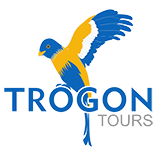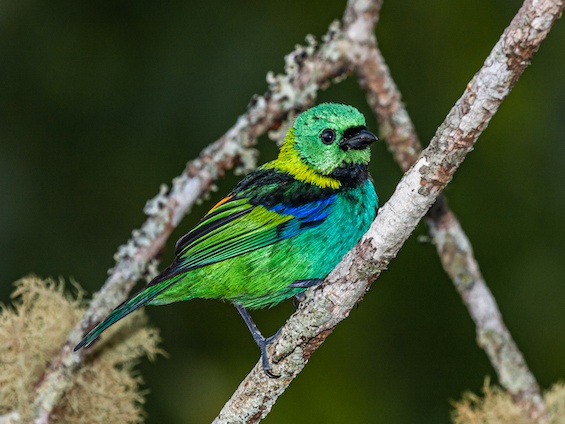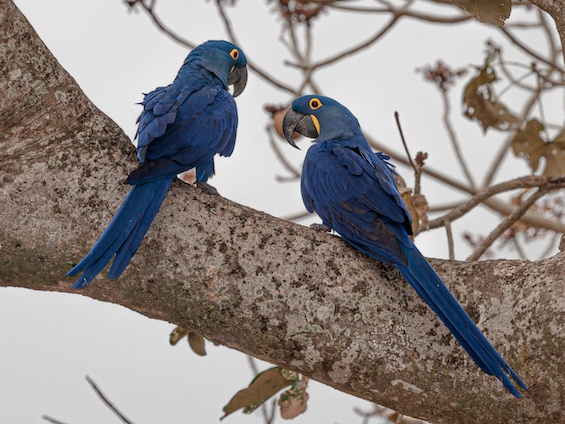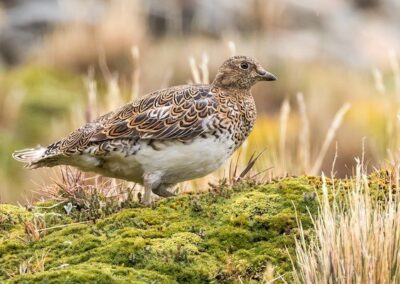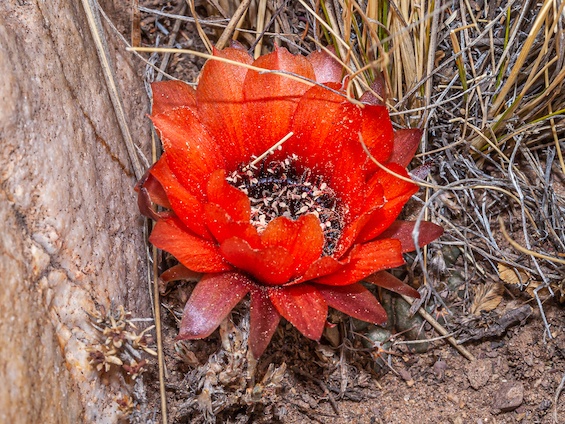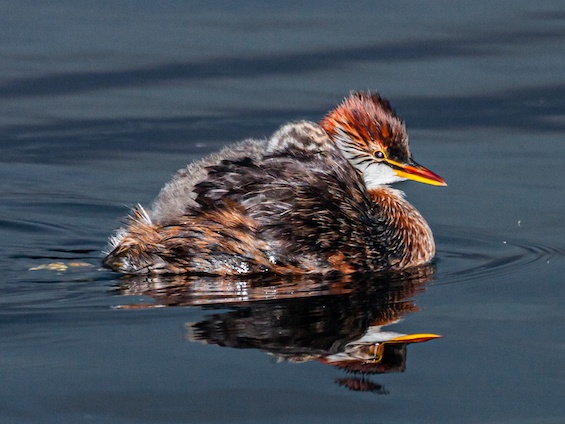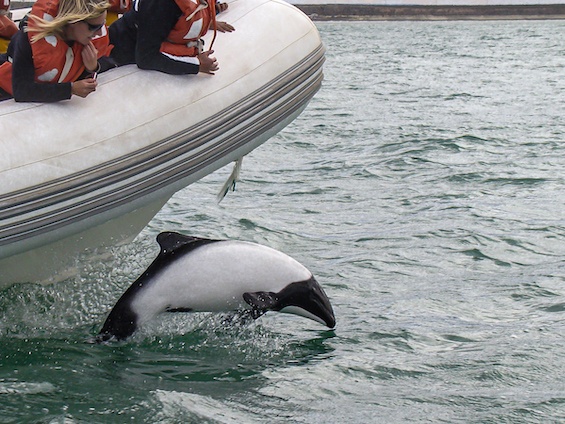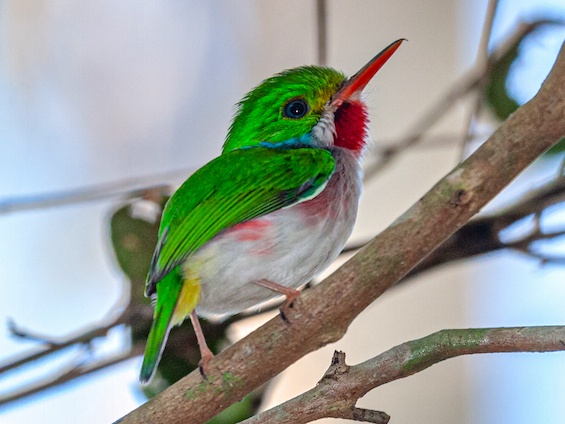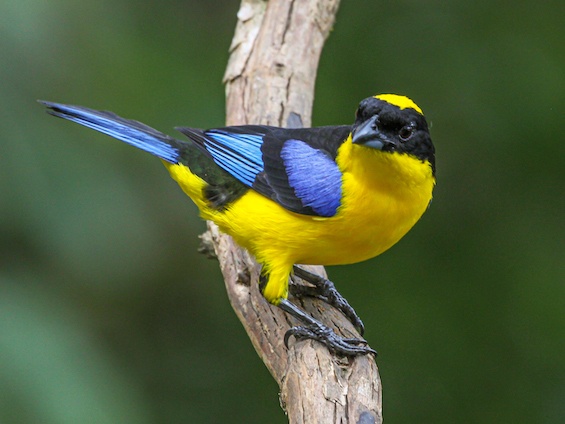Tour Features
The Pampa is an extensive humid plain shared by Argentina, Uruguay and Brazil. In Argentina, the Pampas Grasslands cover an area of more than 50 million hectares (193,000 sq. mi.) in the central part of the country. This unique habitat is well represented in the Province of Buenos Aires, where birders and naturalists can enjoy nature in several wildlife reserves spread throughout its territory. There is no need to go too far from Buenos Aires City to explore some of these reserves. As a matter of fact, Costanera Sur, arguably one of South America’s prime urban birding hotspots, is located right in front of the business district of Argentina’s capital city.
The Argentine Pampas are known around the world by the famous “Gauchos” -Argentine equivalent to North American cowboys- and for the supreme quality of the Argentine beef, which is mainly produced by the “Estancias” (cattle farms), located in this part of the country.
It was here where the famous British-Argentine naturalist and author William Henry Hudson was born. Hudson wrote many moving stories about the life and customs of the Gauchos, and he also described in full detail many birds and animals of the Pampas. He was highly impressed by all the effort and hard work put by the Rufous Hornero when building its adobe nest, and as a matter of fact, years after Hudson wrote about the Hornero, the bird was selected to be Argentina’s national bird for its working nature. Hudson also described in detail the Red Coral Tree, which flower became Argentina’s national one. These two species, as well as many others, are easily found in Costanera Sur Nature Reserve, in the heart of Buenos Aires City. This 350-hectare (850-acre) reserve is excellent for a first contact with the birds and wildlife of the Pampas. A half day visit to Costanera Sur can easily produce 60 or more species of birds. Including Coscoroba and Black-necked swans, three species of coots, Monk Parakeet, Green-barred Woodpecker and many passerines, such as Masked Gnatcatcher, Yellow-billed Cardinal, Black-and-Rufous Warbling-Finch, Spectacled Tyrant and Great Pampa-Finch to name but a few. Several species of mammals and reptiles live here as well and sightings of South American Coypu or Nutria, two species of opossums, Lesser Cavy, Teju Lizard, Hillary’s Side-necked Turtle and others are very frequent.
Tour Highlights
Hudson’s Canastero, Dot-winged Crake, South American Painted-snipe, Bay-capped Wren-Spinetail, Sulphur-bearded Spinetail , Tufted Tit-Spinetail, Spotted Nothura, Snowy-crowned Tern, Firewood Gatherer, Curve-billed Reedhaunter, Hudsonian Godwit, Red Knot, White-rumped and Baird’s Sandpipers, Olrog´s Gull, Lesser and Greater Yellowlegs
INFORMATION
Tour Interest:
Tour Type:
Tour Dates:
Tour Duration:
Starts/Ends:
Best time to go:
Prices:
What’s Included?
What’s Not Included?
Itinerary ( 3 days )
Day
1
Arrival
Morning meeting with your Trogon Tours’ leader in Buenos Aires. Drive to San Clemente del Tuyú, birding en-route. O/N San Clemente del Tuyú.
Day
2
San Clemente & Punta Rasa.
Full day exploring San Clemente and Punta Rasa. O/N San Clemente del Tuyú.
Day
3
Tour Conclusion
Morning birding around San Clemente. Afternoon drive to Buenos Aires. Tour Conclusion
